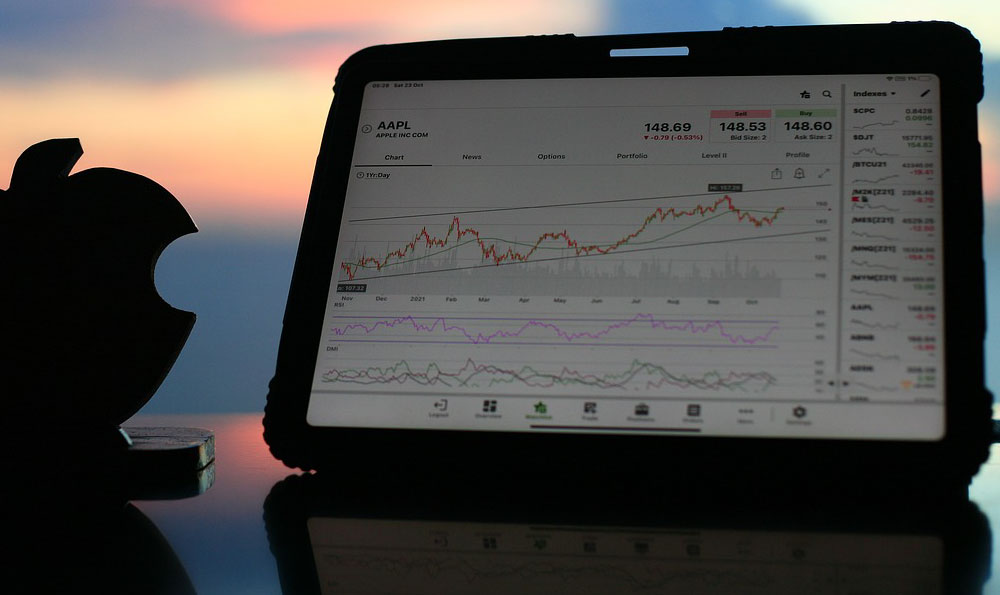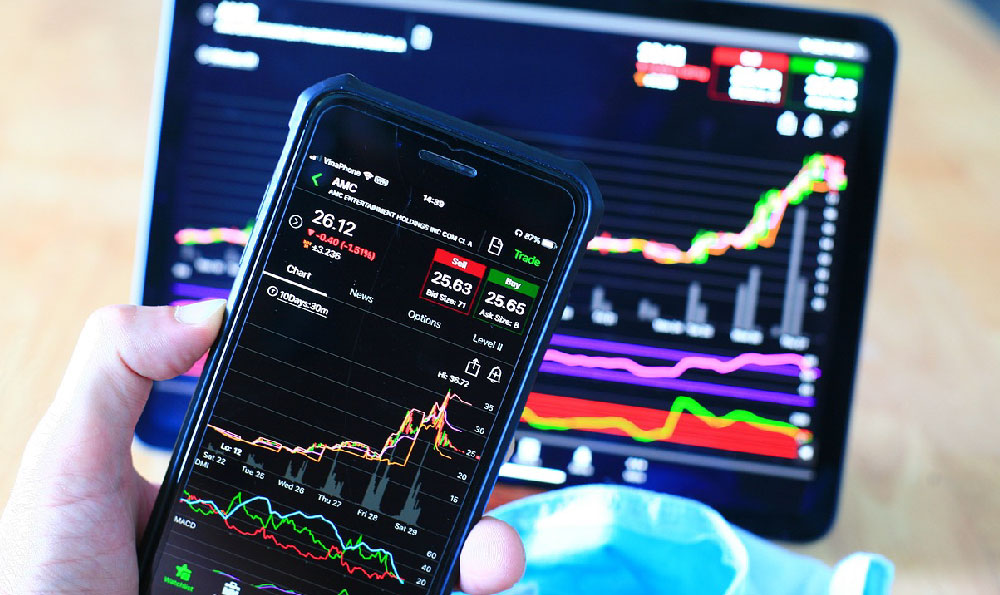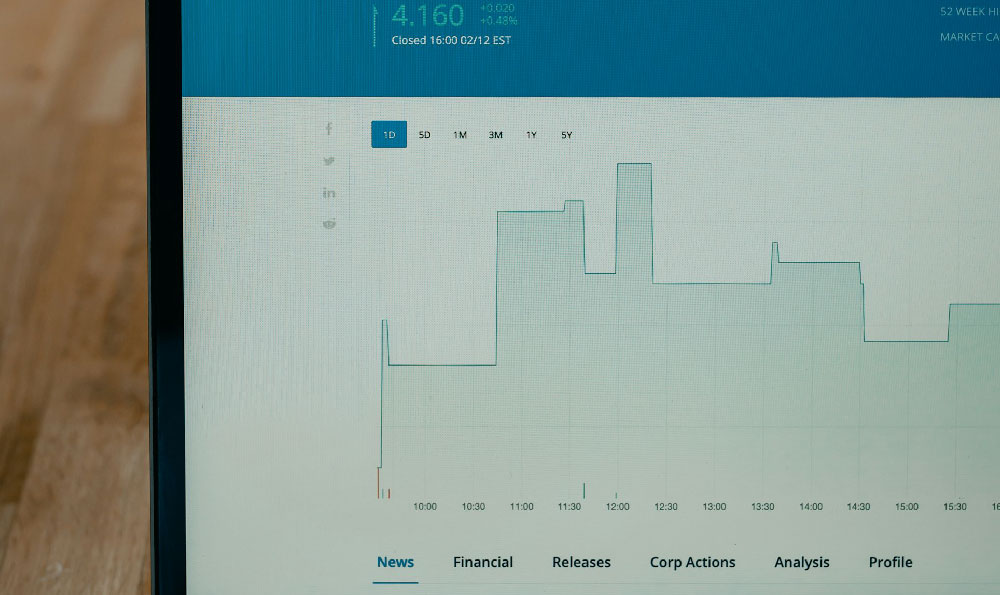Pawn shops have long been a fixture in the financial ecosystem, offering a unique blend of cash liquidity, asset valuation, and risk mitigation. While their operations may seem antiquated to some, they thrive on a combination of strategic practices, market understanding, and adaptability. At the core of their profitability lies a meticulously designed business model that leverages the value of tangible assets, consumer behavior, and economic cycles. This model is not merely about lending money but about creating a symbiotic relationship between borrowers and lenders where both parties benefit from the transaction.
The first pillar of pawn shop profitability is the currency of trust. Unlike traditional banks, which rely on credit scores and financial statements, pawn shops assess value based on physical assets. This approach allows them to serve individuals who may not qualify for standard lending, such as those with poor credit or limited financial documentation. By accepting items like jewelry, electronics, luxury goods, and even rare collectibles, pawn shops cater to a niche market where asset-backed loans are the norm. The tangible nature of these items provides a clear margin of safety for the shop, reducing the risk of default. This trust is further reinforced by the physical inspection and appraisal process, which ensures that the items are genuine and of market value.
Another key element is the leverage of short-term liquidity. Pawn shops operate on an instant financing model, where borrowers receive cash quickly by pledging assets. This immediacy is a double-edged sword; it creates high demand in times of financial distress, but also requires precise timing in managing inventory. The shop’s ability to convert assets into cash within minutes is a significant advantage, especially for customers who need funds in emergencies. However, the trade-off is that these transactions are typically short-lived, with loan terms often ranging from a few weeks to a few months. This aspect of their model ensures that the shop maintains a consistent flow of inventory, as items are returned or sold after the loan period.

The third component is the integration of risk assessment and asset management. Pawn shop operators are trained to evaluate the worth of items using a combination of market trends, historical data, and their own expertise. This evaluation process is critical in determining the loan-to-value ratio, which directly impacts profitability. For example, a valuable piece of jewelry might fetch a higher loan amount compared to a less desirable item, such as a used smartphone. By maintaining a dynamic inventory and selling items that are no longer in demand, pawn shops optimize their profit margins. Additionally, the practice of buying items outright and holding them for resale or rental introduces another layer of profitability, particularly in volatile markets.
The fourth aspect is the adaptation to economic cycles. During periods of economic downturn, pawn shops often see an increase in activity as individuals seek quick cash. This presents an opportunity for the shop to capitalize on the heightened demand for asset-backed loans. Conversely, in times of economic growth, pawn shops must balance their inventory and adjust loan terms to remain competitive. This cyclical adaptability ensures that the shop remains relevant across different market conditions. Moreover, the rise of digital platforms and online auctions has expanded the reach of pawn shops, allowing them to connect with a broader customer base and sell items through multiple channels.
The fifth factor is the emphasis on customer retention and satisfaction. Pawn shops often build long-term relationships with their clients by offering flexible loan terms, personalized service, and a sense of security. This focus on customer experience not only encourages repeat business but also fosters a loyal clientele. Additionally, the ability to provide loans without stringent paperwork or credit checks makes pawn shops an attractive option for those who prefer discretion. By prioritizing transparency in their dealings and ensuring fair pricing, pawn shops enhance their reputation and attract more customers.
Finally, the profitability of pawn shops is closely tied to their ability to operate efficiently and manage costs. Unlike traditional banks, which have high overheads, pawn shops often have low operational expenses, primarily centered around inventory management, staffing, and location. This cost efficiency allows them to maintain competitive pricing while still achieving respectable profit margins. The strategic use of location, such as siting near high-foot-traffic areas or in neighborhoods with high demand for specific items, further enhances their profitability.
In conclusion, the sustainability of pawn shops' profits stems from their ability to bridge the gap between immediate financial needs and tangible asset value. By offering instant cash flow, leveraging risk assessment, adapting to economic shifts, prioritizing customer loyalty, and maintaining operational efficiency, pawn shops create a resilient business model. Their survival in a rapidly evolving financial landscape underscores the importance of understanding and embracing these principles, whether for personal use or as a broader economic observation.












